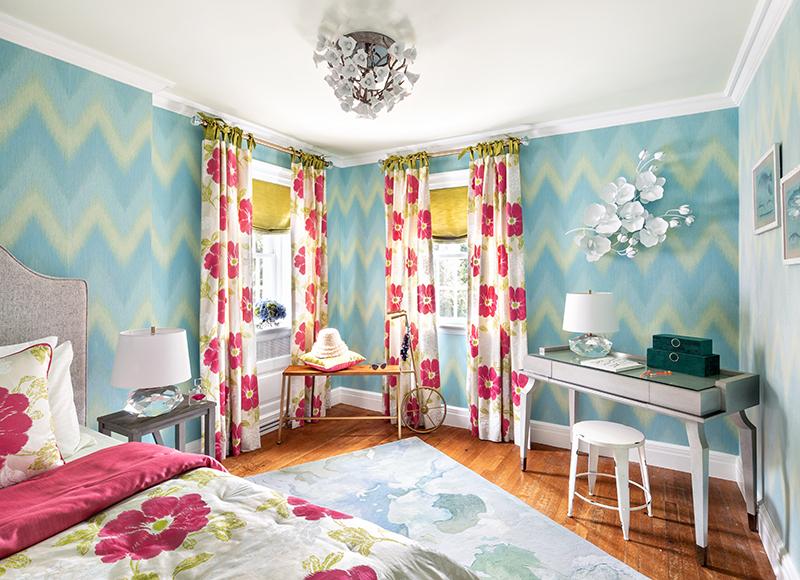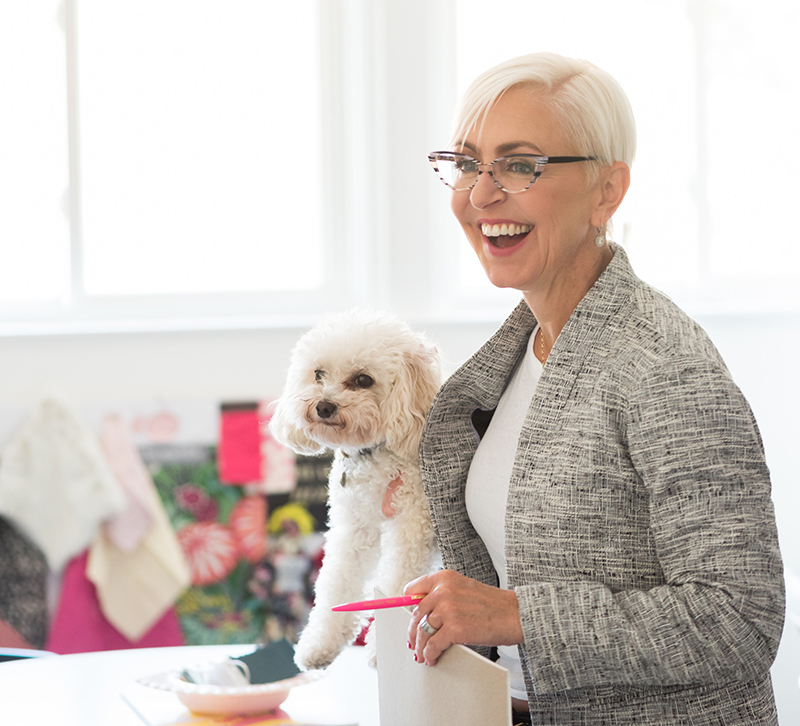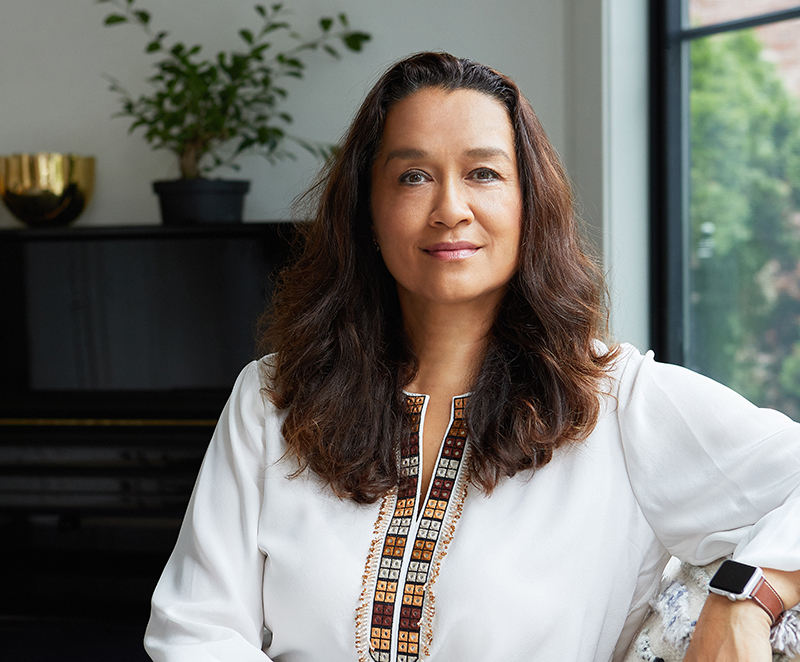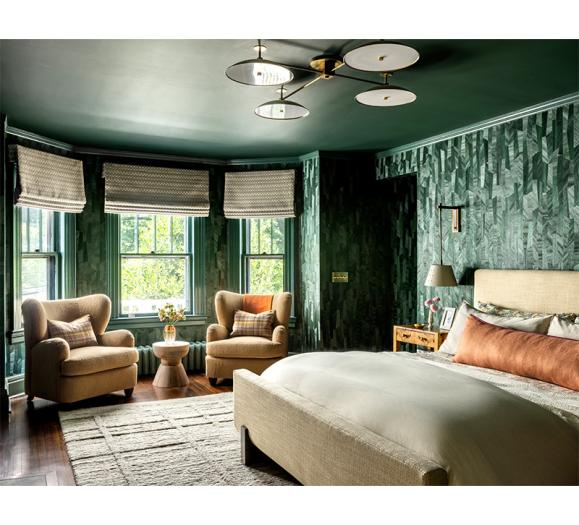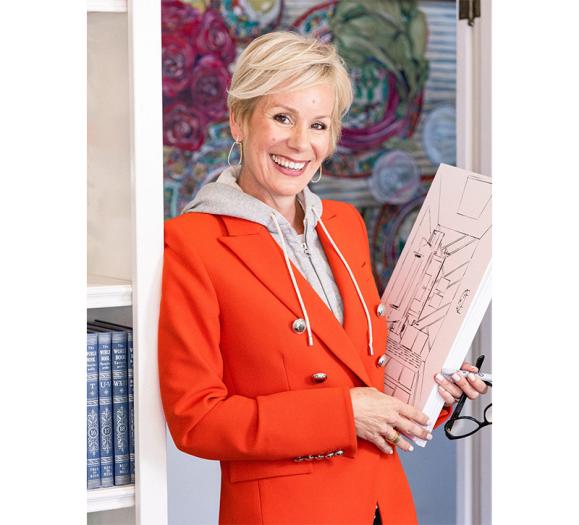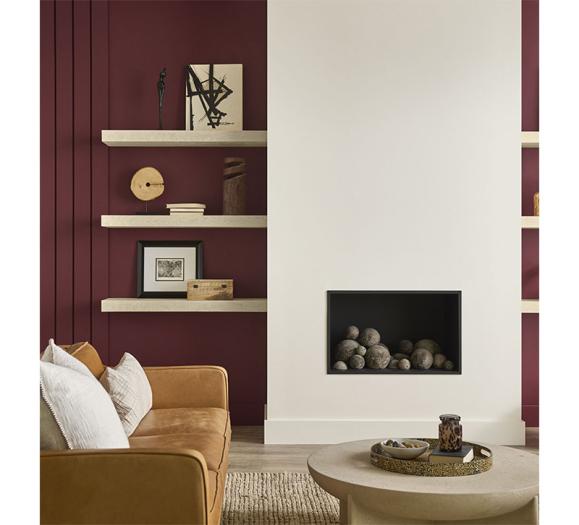In a year where health has dominated many of our lives and staying at home has been the norm, it’s not surprising that there has been an uptick in demand for home environments that imbue a sense of wellness and connection compared with how important healthy home environments were when life took us elsewhere.
From adding plants and outdoor elements to inside sanctuary spaces to reclaimed and recycled construction materials, this past year and the coronavirus pandemic that has tucked us all in at home has moved the needle on our relationship with home. With that has come a growing interest in conscious residential design decisions around health and wellness across the country and around the globe.
“It’s more important than ever to be intentional about creating an environment in our home that enhances the quality of life. After all, it’s where we are spending just about all of our time these days,” says April Jensen, Founder of ADJ Interiors, in St. Louis, MO.
Enhancing that quality of life means different things to different design clients, depending on the scope of project, region, budget and more. What designers agree on though is that health and wellness are and have been top of mind across the board, amplified by COVID-19.
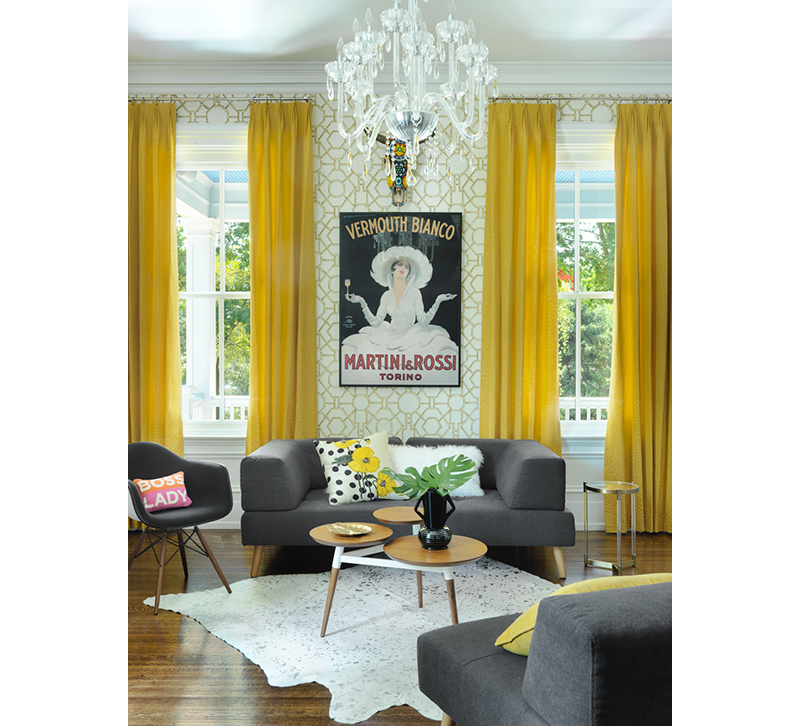
Deciphering Wellness
So what does wellness mean? That depends on who you ask, as different clients and home furnishings customers have different views on what constitutes wellness for them. For some, a healthy home may mean cleaner air, durable materials and less clutter. For another client, wellness may come from being ensconced in comfort and surrounded by furnishings that make them happy. What most clients agree on, however, is functionality in those spaces, be it a dining room which now doubles as a learning center or a backyard that has become a zen vacation spot.
For Lori Miller, Owner of LGC Design, in Long Island, NY, wellness takes on different definitions for her clients. What is consistent in design requests, however, is multifunctional spaces and less of an open floor plan — creating some separation as families are spending more time together. “My clients are looking for comfort and functionality,” Miller notes. “They want usable kitchens, bedrooms with desks, finished basements. They want to be able to socialize in the kitchen and have a playroom for the kids.”
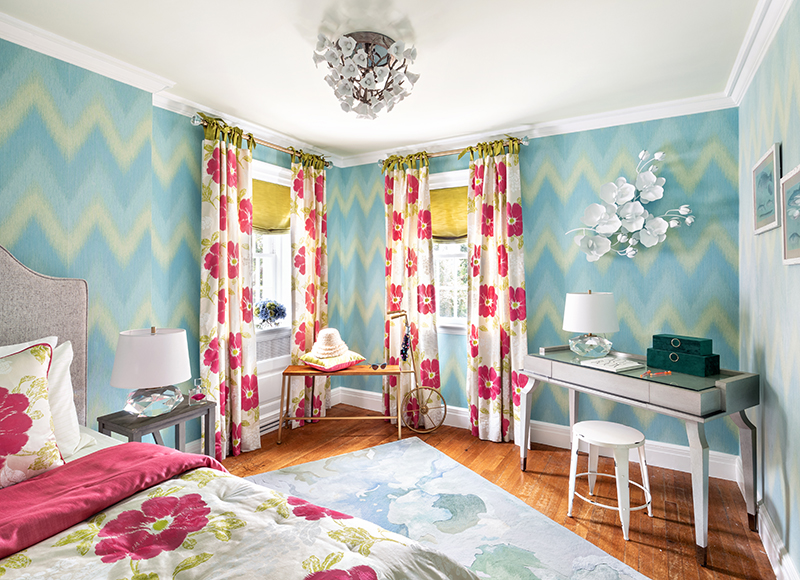
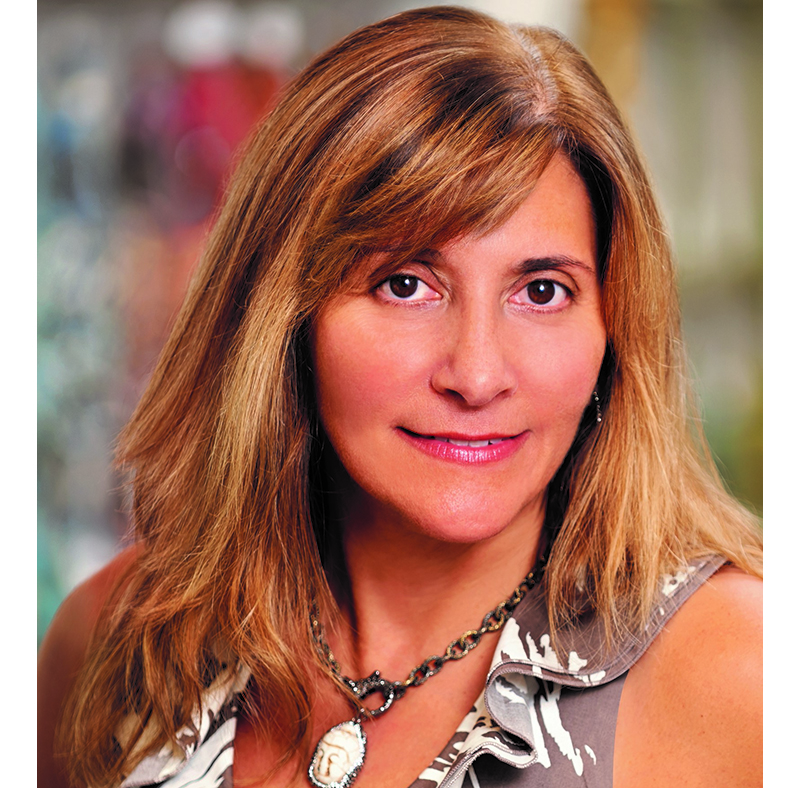
Carving out personal space in a home doesn’t always require separate rooms, says Lisa Kahn, Founder of Lisa Kahn Designs, in Naples, FL. Kahn also heads up Finding Sanctuary, which helps people find serenity in their homes and lives. “This year has been a huge affirmation and wakeup call,” she says. “Never have we needed sanctuary more.” Through her design efforts, Kahn focuses on spaces designed to promote healing, especially considering what so many people have been through this year. She has taken cues from her own experiences as well as practices used in healthcare environments to create spaces in her clients’ homes that promote emotional and spiritual health as well as physical health. Kahn sees the sanctuary home in two ways. “There’s the macro sanctuary, the entire home that insulates you in that space,” she says. “However, within that space, there needs to be micro sanctuary spaces for each of the inhabitants; space that can be dedicated to each individual’s use.” Kahn also focuses her wellness efforts by ensuring she is creating spaces that connect with nature on a sensory level. “People respond to spaces that are painted with greens, blues and grays,” she says. “We also look to create intimacy through comfortable furniture — soft, tactile natural fabrics — and a combination of things that are old and new.”
Bringing a combination of old and new into the home is an area where wellness really abounds. Consumers, particularly in this era where home is everything, want touch points with stories and memories that help them feel grounded and safe, designers note.
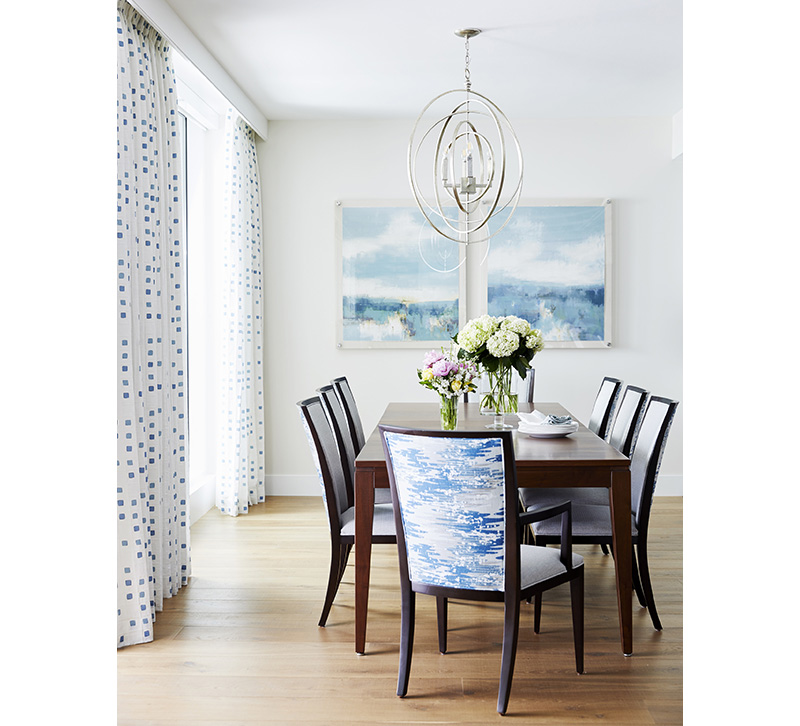
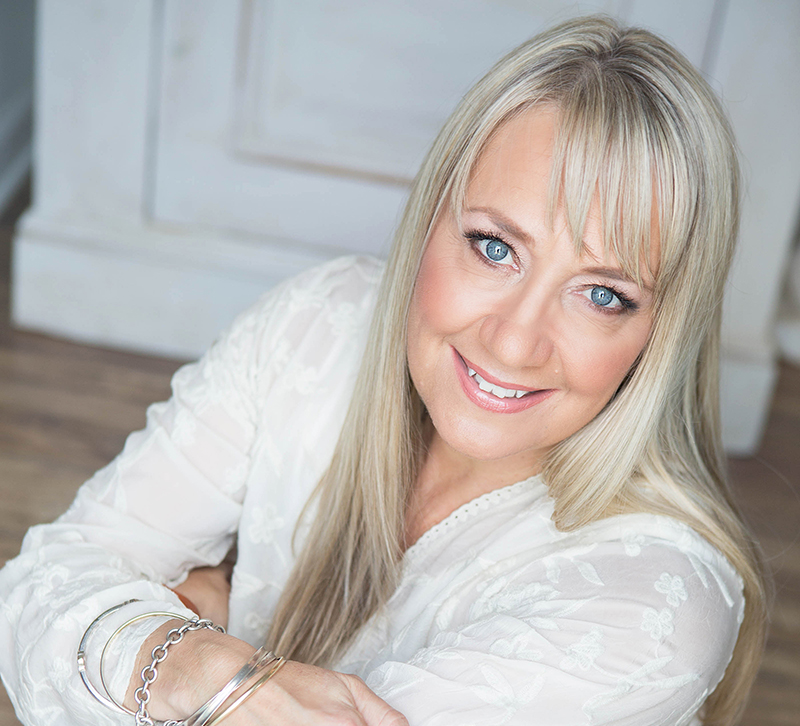
With wellness at the center of her design organization, Laurence Carr, Founder of Laurence Carr Design, in New York, is seeing clients looking more for a refresh in their spaces. She is accommodating these requests through fresh coats of paint or rearranging and updating layouts. “For my clients, there is a renewed awareness of the components of what home is,” Carr says. “There’s a philosophy of having less, but having what they really care about. We work with clients to keep the things they want to keep while streamlining the space.”
Carr specializes in a holistic approach to blending ancient practices with modern technology to create sustainable, wellness-enhancing spaces. Her focus on environmental consciousness, sustainability and renewability also inform her client interactions, inspiring spaces that are connected to natural elements as well as encouraging ecologically friendly design, promoting wellness for the environment as well as the home.
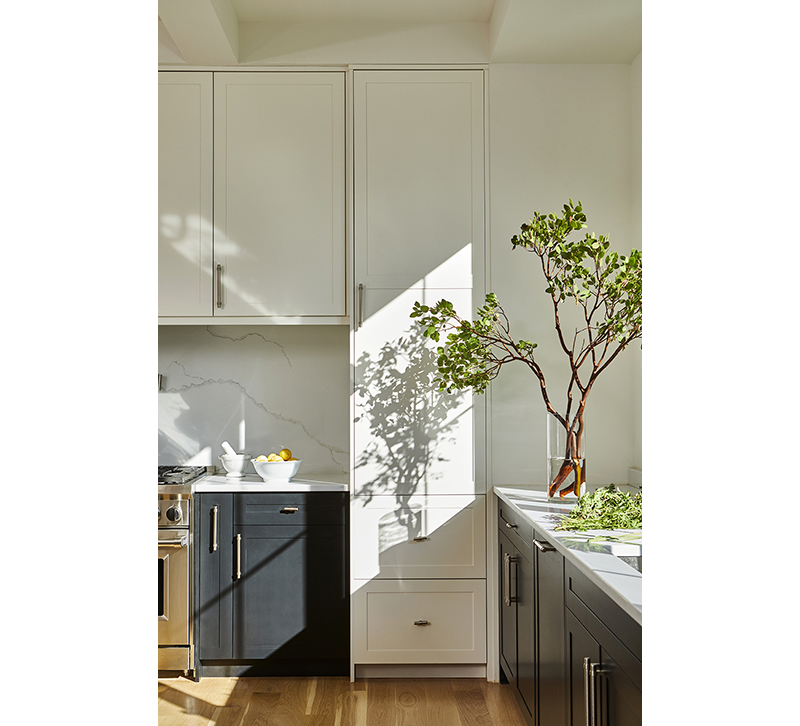
Old Is New and Sustainable
In addition to repurposing heirloom pieces for sentimentality and a connection to the past, sustainability is playing a part in how some consumers are considering their spaces, keeping not just their own wellness in mind, but that of the environment as well.
“There’s a new attitude among consumers,” continues Carr. “To my surprise, I’m seeing more and more environmental consciousness.” She adds that clients are looking for longevity in their home furnishings, with the consideration that if they can have it for a long time, it won’t end up in a landfill. “There’s a real shift in demand,” she says.
In California, Los Angeles-based Home Front Build has built its renovation business around an old-new juxtaposition as well; the company places much of its focus on the historic renovation of older homes. “Los Angeles has a rich architectural history, and there are a lot of different style homes here,” says Greg Roth, Senior Interior Designer for the firm. “One of the things we do really well is taking homes that were built 100 years ago and updating them for the way we live today.” This plays into today’s health and wellness movement in several ways.
First and foremost, as these older homes are renovated, Home Front Build updates such behind-the-scenes infrastructure as plumbing, insulation, windows and more. “When you have a historic home, systems that are outdated are bad for the environment,” says Roth, noting that correcting compromised materials, energy leaks and water inefficiencies, for example, have significant impacts on how the home performs from an energy consumption perspective. “As an industry, we have an opportunity to make a difference,” he continues. “Where we can, we’ll make the choices that support sustainability and lowering carbon footprint.” In fact, Home Front Build is so focused on this aspect of its work, it has a sister company, CarbonShack, which has a primary focus on lowering carbon footprint through the materials it uses in construction as well as products the company produces, such as hemp fabrics. CarbonShack is driven by “the philosophy that to create a truly low-impact building, design must empower occupants to be stewards of the environment.”
While Home Front Build adheres to environmental stewardship as well, its overarching philosophy is to listen to its clients and deliver to expectations, incorporating recycled and repurposed materials where possible.
In addition to updating HVAC systems, reducing moisture and replacing insulation to create energy efficiencies in these older homes, Roth says, “Our predilection is to use materials that have a natural sensibility and lightness to them. It’s our responsibility to connect our clients to the environment.” The company sources as much of its materials locally as it can to reduce its carbon footprint, and they use a lot of unclaimed lumber and wood as well. “We’ll salvage old construction lumber. It’s often heartier, rot- and insect-resistant,” says Roth. “It’s more expensive to do it, but we stockpile the lumber, and even old doors and windows.” The company will put these pieces into other homes, including new builds, in unique ways, such as refinishing countertops and cabinetry with older materials, keeping in line with its sustainability efforts. “In a new home, it adds character as well,” Roth notes.
As for style that gives a home a healthy feel, he adds, he’s noticed that one thing his clients are requesting this year are lighter colors in the home. “They want it to feel upbeat, comfortable and livable, and they want it to function in a way that helps them feel that,” he says.
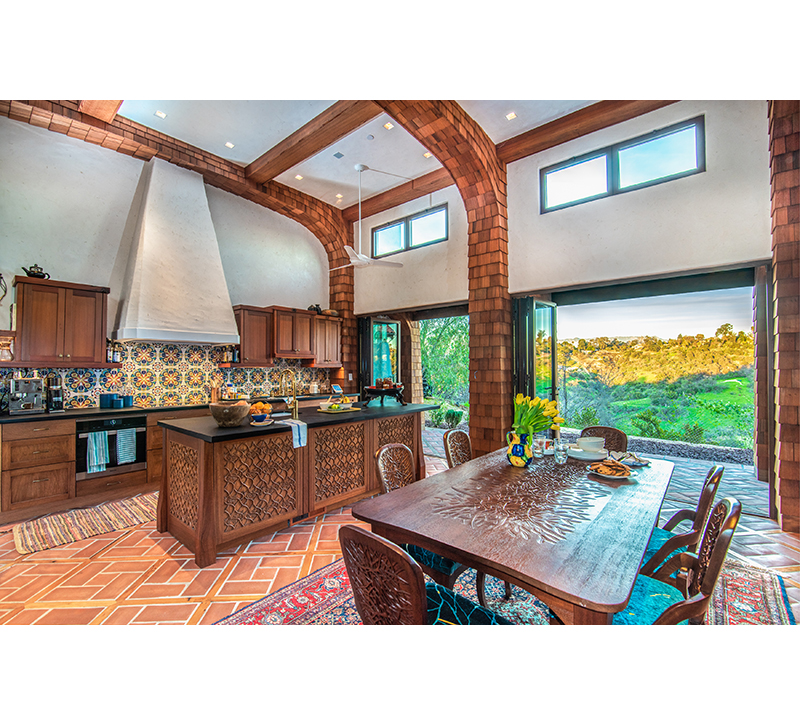
Delivering to Expectations
Comfort and livability are key drivers to delivering design that fosters a feeling of wellness, say designers. To get to that point, understanding how clients use their homes is tantamount to success, especially today when we are all spending far more time in these spaces. In an effort to intentionally design spaces that elevate mood, ADJ’s Jensen says that getting a background on everyone in the family and helping them communicate their individual expectations takes some time but is essential to creating spaces that create wellness for all.
“We always meet with the husband and the wife first to get the perspective from both of them,” she says, noting that they often want different things or are working from different budgets. “We try to get a general aesthetic profile based on meeting with clients in their spaces. We want to understand lifestyle, habits, family dynamics, color preferences. We try to pick up without words how a couple might deal with each other.” Jensen discourages her clients from creating Pinterest boards as that can lock them into a look they might think they want but won’t work for their lifestyles. When an aesthetic is established, Jensen then assesses priorities. “We talk through decisions to elevate design while keeping the functionality and safe space. We really try to celebrate the home through supporting families so they can be successful in their daily lives.”
Beauty, function, healthy materials, connection to nature, private and social spaces all matter. Home is where we are spending more of our time than ever before, and wellness, for all of its nuanced definitions, comes down to feeling secure in a home that suits individual needs. There are myriad ways to deliver health and wellness. Says Jensen, “A beautiful space is about creating a refuge for ourselves in a world of chaos.”



